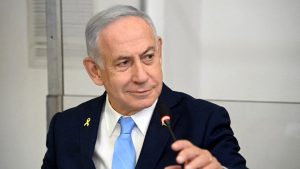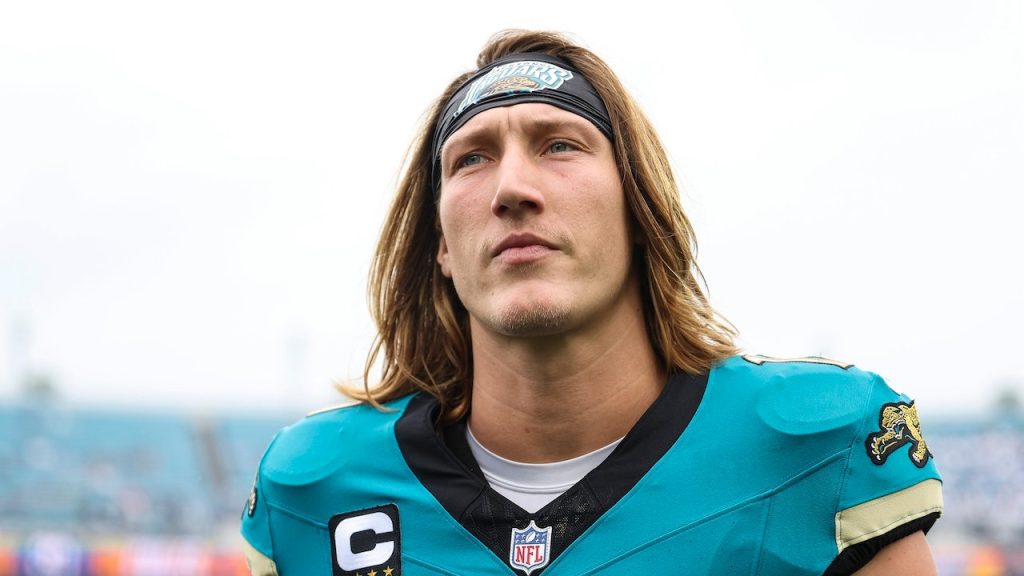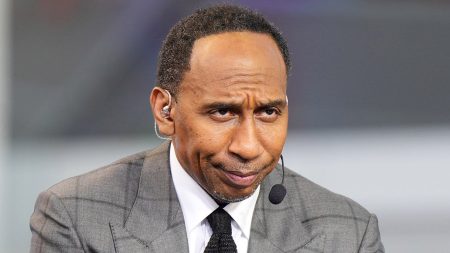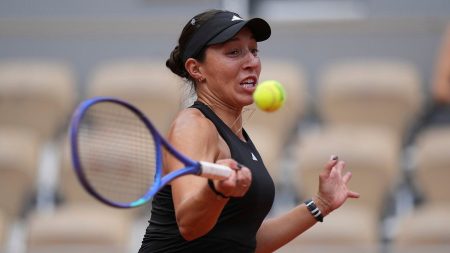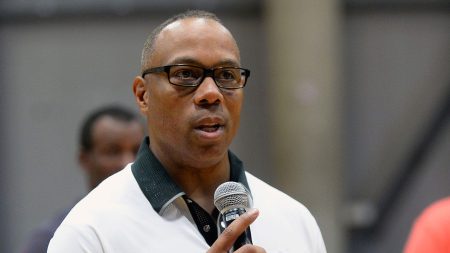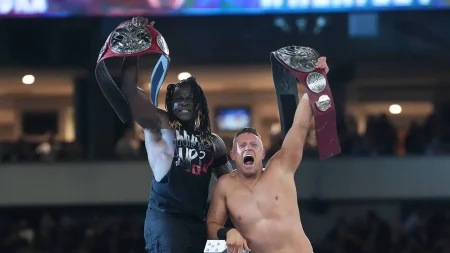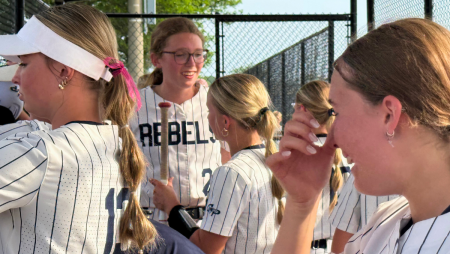In a tragic turn of events for the Jacksonville Jaguars, quarterback Trevor Lawrence has sustained an AC joint injury in his left shoulder and will require surgery, as reported by NFL.com. This is the continuation of a difficult season for Lawrence, who had already missed two games earlier in the year due to the shoulder injury he initially suffered in Week 9 against the Philadelphia Eagles. He returned to the field but faced a severe setback when he was the target of an illegal hit from Houston Texans linebacker Azeez Al-Shaair, resulting in an injury that landed him on season-ending injured reserve. This incident, which led to a heated confrontation on the field between the two teams and a subsequent three-game suspension for Al-Shaair, has raised significant concerns about player safety and the physicality of the game.
Lawrence’s fourth NFL season now comes to a disappointing end, mirroring the struggles faced the previous year when he suffered a similar shoulder injury in Week 16 against the Tampa Bay Buccaneers, missing the next game. Remarkably, this was only the second time he missed games due to injury, having previously only done so when he tested positive for COVID-19 during his college career at Clemson. The Jaguars had high hopes for Lawrence after he signed a lucrative $275 million contract extension in the offseason, but injuries marred his performance and availability on the field once again. This surgery marks the second major operation of his career, having previously repaired a torn labrum in his left shoulder prior to being drafted first overall in 2021.
The controversial hit on Lawrence has led to discussions about the safety of quarterbacks in the NFL. The public and media have criticized the nature of the hit, which has prompted backlash not only against Al-Shaair but also a broader conversation surrounding the rules regarding quarterback protection. During this public discourse, comments from notable players such as Tom Brady and Stephon Gilmore have highlighted the crucial need for player safety protocols to be strictly enforced. Al-Shaair has publicly apologized for the incident, insisting that there was no intent to harm, which emphasizes the complex and often split-second nature of NFL tackles where outcomes can be severe, despite a player’s intentions.
In the aftermath of the hit, Al-Shaair defended himself against allegations of intent and faced backlash from some fans, including accusations of racism and Islamophobia aimed at him following the incident. He expressed regret for the injury but asserted that he plays the game with the utmost respect for his opponents, stating, “My goal is to hit you as hard as I can then I pray you’re still able to get up and play the next play.” His comments illustrate the intense competitive spirit inherent within the game, yet also demonstrate the delicate balance players must manage between aggressiveness and safety.
The repercussions of the hit extended beyond Al-Shaair, as the incident prompted a violent response from the Jaguars players, culminating in a brawl on the field. Jaguars tight end Evan Engram was notably seen engaging with Al-Shaair immediately following the hit, showcasing the emotional response from Lawrence’s teammates as they rallied to protect their quarterback. In light of these events, Jaguars head coach Doug Pederson defended his players and emphasized that their objectives are not centered on causing injury to opponents but rather competing within the framework of the rules. His stance is that the focus lies on winning games while playing hard and fair, pointing to a respect for both the game and its players.
In contrast to Pederson’s comments, Texans head coach DeMeco Ryans suggested that some responsibility for the incident lies with players like Lawrence, who he claimed might have taken advantage of the rules by sliding late to gain extra yards. This assertion highlights an ongoing dialogue within the NFL, where defenders feel the tension of needing to adapt to evolving rules protecting quarterbacks while maintaining aggressive defensive play. The injury to Lawrence and the subsequent discussions stress the urgency for the league to continually assess and refine their approach to player protection measures, ensuring that players can compete while minimizing the risk of serious injuries during gameplay. As the Jaguars look toward the future, the team will have to navigate Lawrence’s recovery and strategize for next season amidst these challenges.
